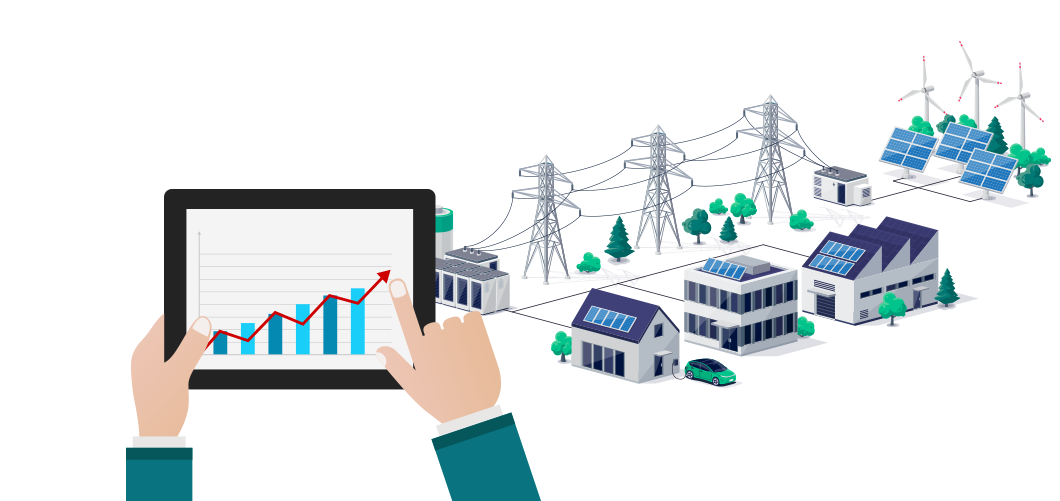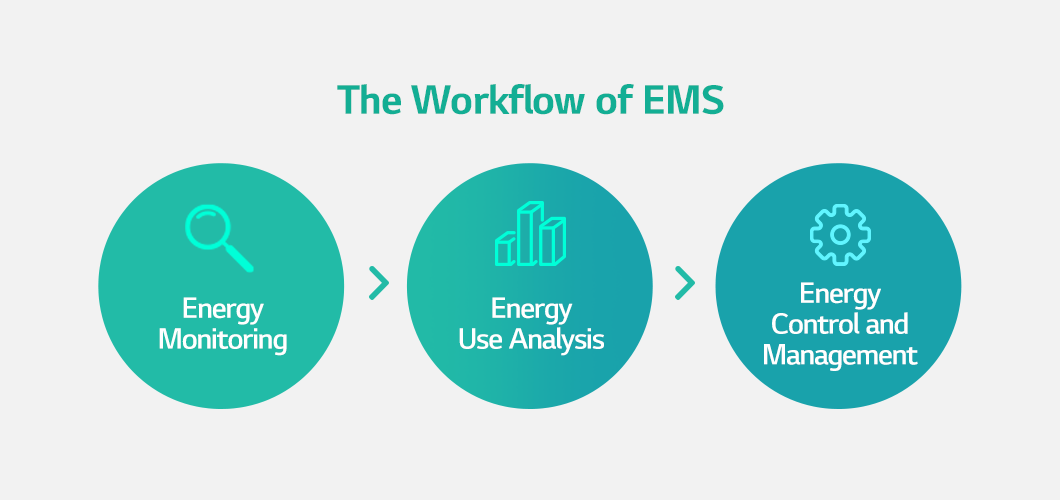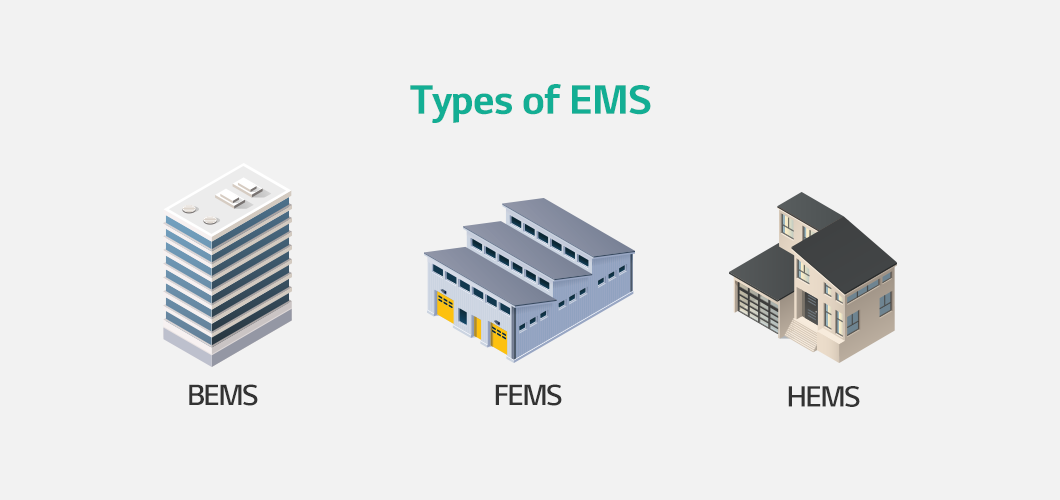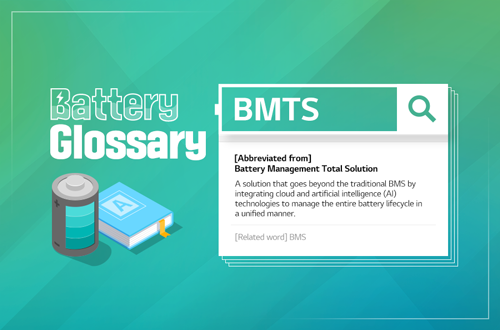Did you know that the Energy Management System (EMS) supports the Energy Storage System (ESS) so that it can store excessive electricity and supply necessary amount in time? Here we introduce EMS, a comprehensive energy management system for monitoring and controlling ESS!

What is EMS?
For a more efficient use of ESS, its energy use has to be identified and managed accurately. That’s why EMS is necessary. EMS monitors and manages energy consumption and supply of ESS in real time.

Roles of EMS
EMS monitors energy consuming devices and the amount of consumption in real time, collecting data. It analyzes when the peak time of energy use is and where standby power is wasted more. EMS harnesses the pattern for cutting inefficient energy use, while controlling and managing charge and discharge of energy.

Types of EMS
EMS can be categorized into BEMS, FEMS, and HEMS based on what it manages. Among them, Building EMS (BEMS) helps raise energy efficiency of the entire building by gathering information such as the building’s power and gas use and managing and controlling the energy sources. Factory EMS (FEMS) monitors operation of factory facilities, managing diverse industrial energy sources such as power, gas, oil, and heat. Home EMS (HEMS) networks and automatically controls home energy sources such as lighting and appliances.

We have covered BMS that monitors and regulates the battery’s state, PCS that converts the form of electricity for storage or release of energy and EMS that monitors and controls energy use and supply in our Battery Glossaries. Hope the sessions have helped you understand the definition and roles of main ESS components!





